|
|||||||
| 2022 Annual Report Here | |
| File Size: | 1884 kb |
| File Type: | |
Prepare for the 2023 Week of Action! Attend the 2023 Black Lives Matter at School Curriculum Fair.
12/19/2022
Saturday, January 21
11:30am - 2:30pm ET
8:30am - 11:30am PT
Annual fair designed to uplift the 13 Guiding Principles and national demands of Black Lives Matter at School. Online.
Hosted By - D.C. Area Educators for Social Justice
Register - Mobile eTicket
About
Register today for the annual D.C. Area Black Lives Matter at School Curriculum Fair, hosted by Teaching for Change's D.C. Area Educators for Social Justice (DCAESJ). This online event is open to all educators, not just those in the D.C. area, with the purpose to prepare educators for the National Black Lives Matter at School Week of Action and Year of Purpose. Learn from and collaborate with educators in workshops designed to uplift the 13 Guiding Principles and national demands of Black Lives Matter at School. Additional information to be announced. Read about the 2022 fair here!
Curriculum Workshop Proposals
DCAESJ is seeking workshop proposals for the curriculum fair that speak to the National Black Lives Matter at School Year of Purpose, centering the 13 Guiding Principles and national demands in the classroom. Applications will be accepted on a rolling basis until Tuesday, January 3. More Info
SUBMIT YOUR WORKSHOP PROPOSAL
11:30am - 2:30pm ET
8:30am - 11:30am PT
Annual fair designed to uplift the 13 Guiding Principles and national demands of Black Lives Matter at School. Online.
Hosted By - D.C. Area Educators for Social Justice
Register - Mobile eTicket
About
Register today for the annual D.C. Area Black Lives Matter at School Curriculum Fair, hosted by Teaching for Change's D.C. Area Educators for Social Justice (DCAESJ). This online event is open to all educators, not just those in the D.C. area, with the purpose to prepare educators for the National Black Lives Matter at School Week of Action and Year of Purpose. Learn from and collaborate with educators in workshops designed to uplift the 13 Guiding Principles and national demands of Black Lives Matter at School. Additional information to be announced. Read about the 2022 fair here!
Curriculum Workshop Proposals
DCAESJ is seeking workshop proposals for the curriculum fair that speak to the National Black Lives Matter at School Year of Purpose, centering the 13 Guiding Principles and national demands in the classroom. Applications will be accepted on a rolling basis until Tuesday, January 3. More Info
SUBMIT YOUR WORKSHOP PROPOSAL
To fight against societal ableism, we must celebrate our differences and understand how the lessons from Black disabled organizers teach us how to build inclusive, accessible movements. Uplift the principles of globalism and collective value by incorporating the following resources into education spaces and personal practices.
Get monthly updates. Subscribe to our
newsletter.
Archives
February 2024
January 2024
May 2023
April 2023
March 2023
February 2023
January 2023
December 2022
November 2022
October 2022
September 2022
July 2022
May 2021
March 2021
December 2020
November 2020
October 2020
September 2020
August 2020
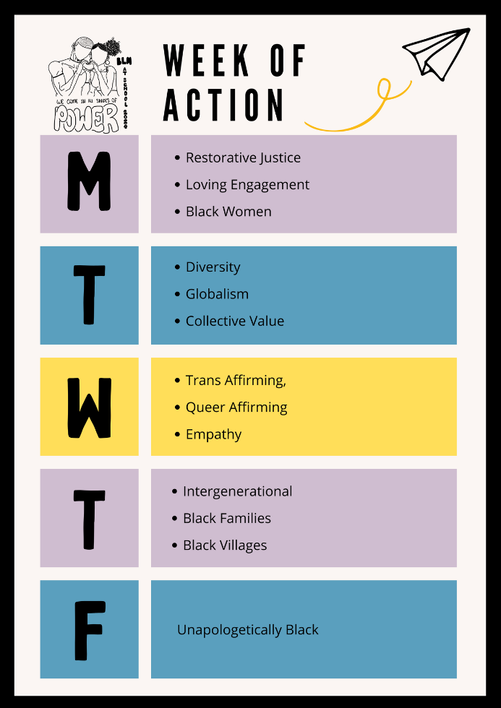
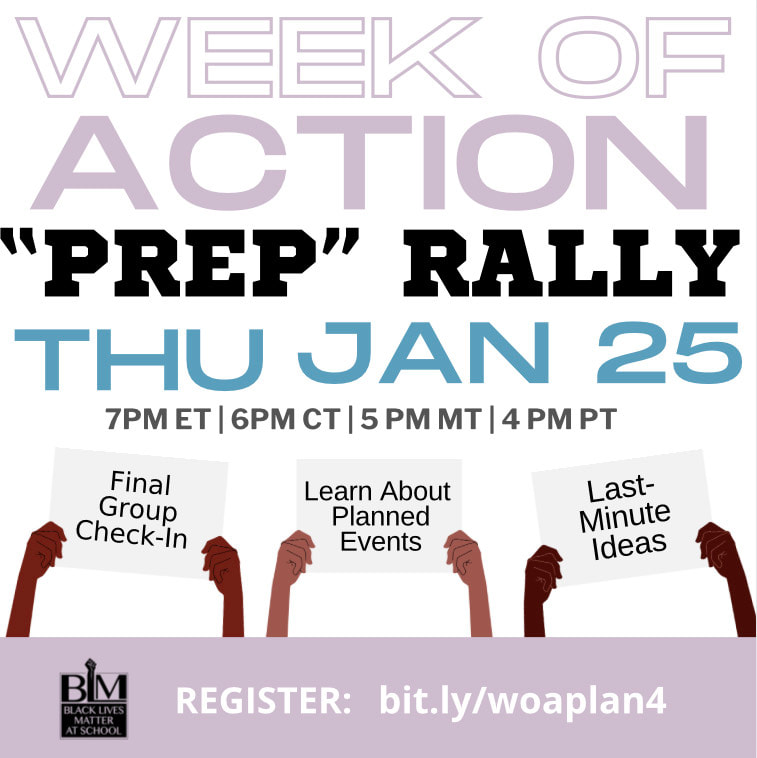




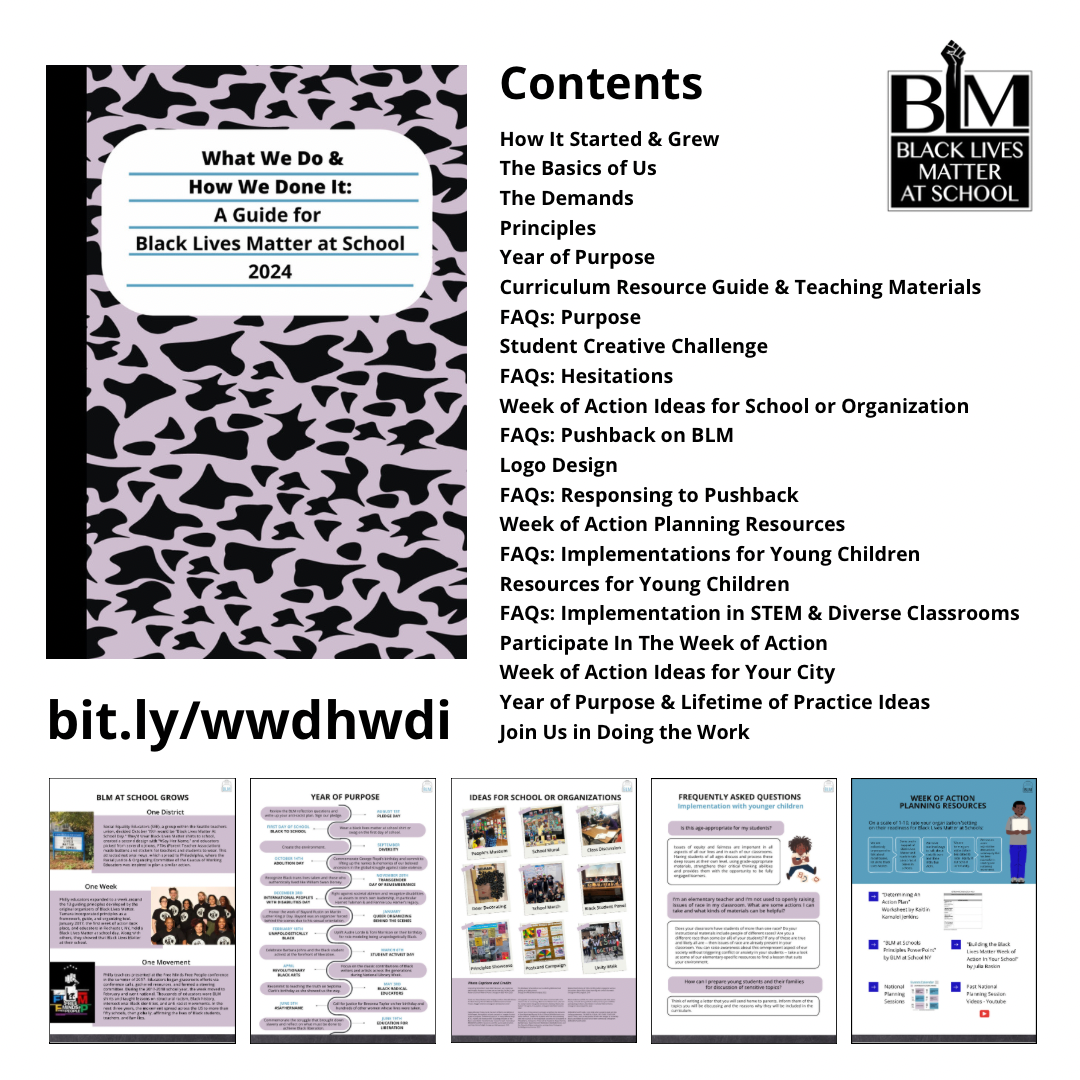
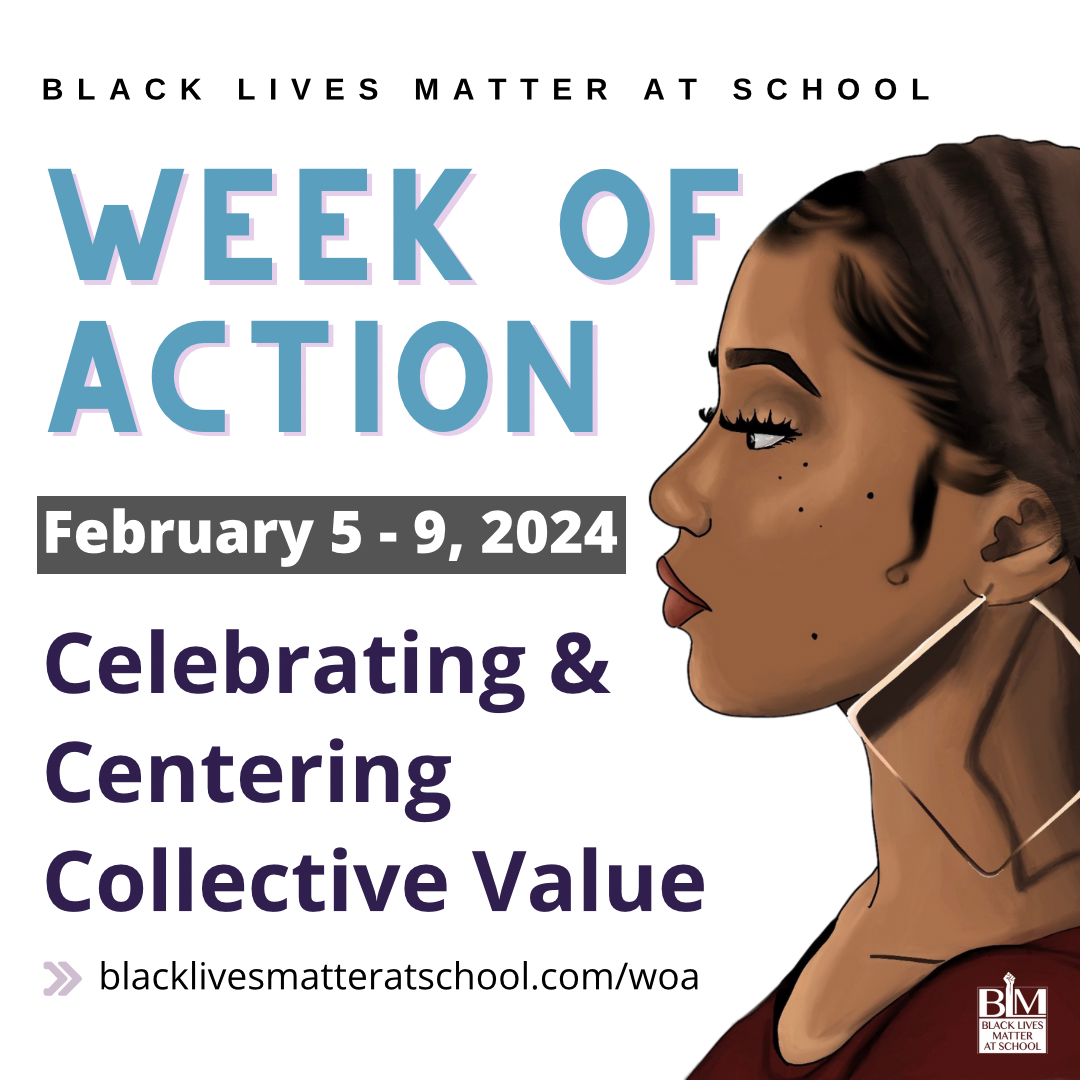
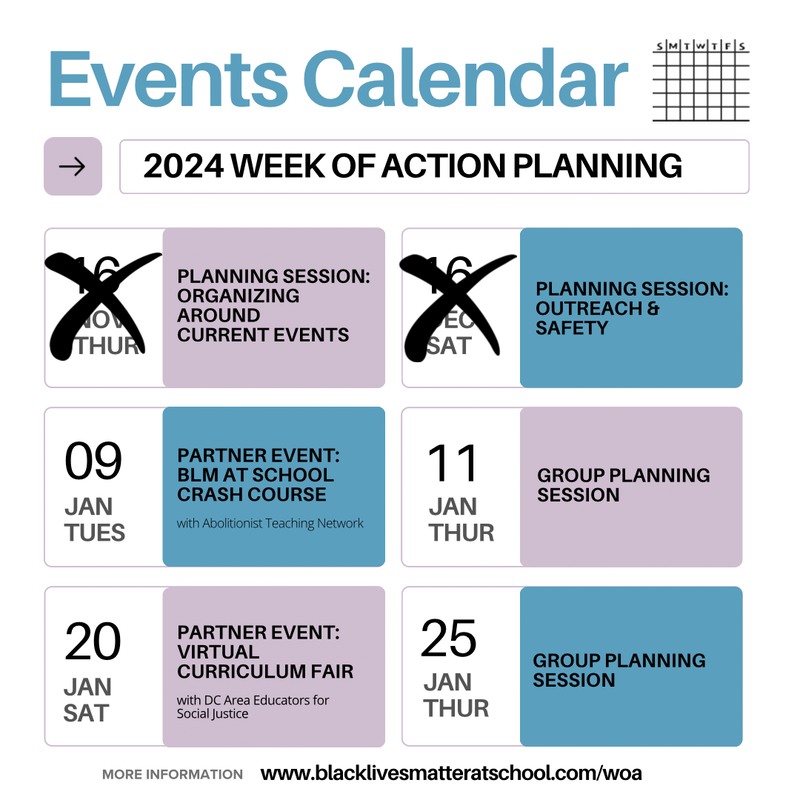

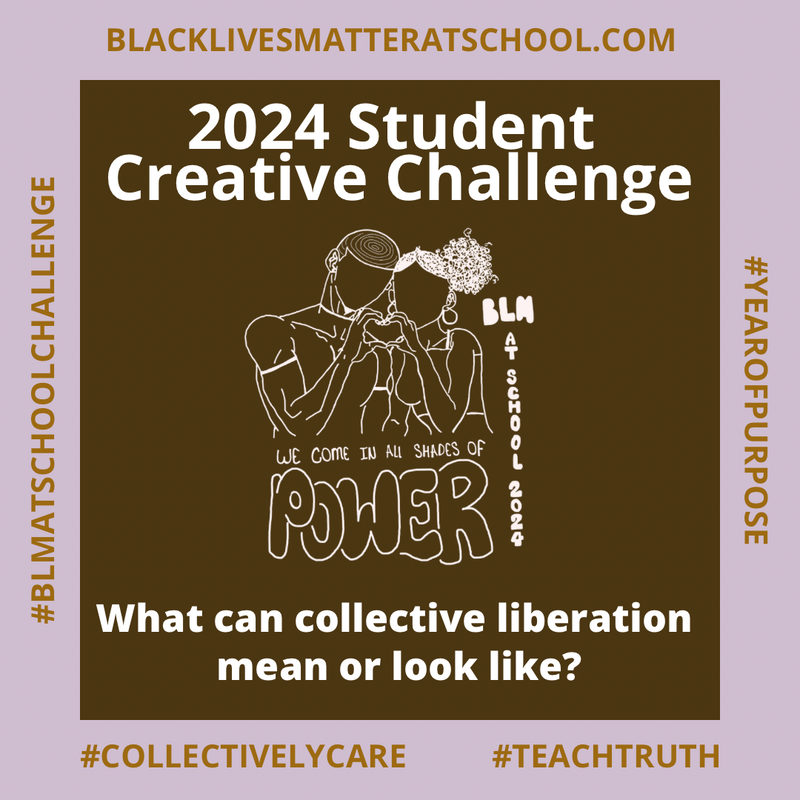

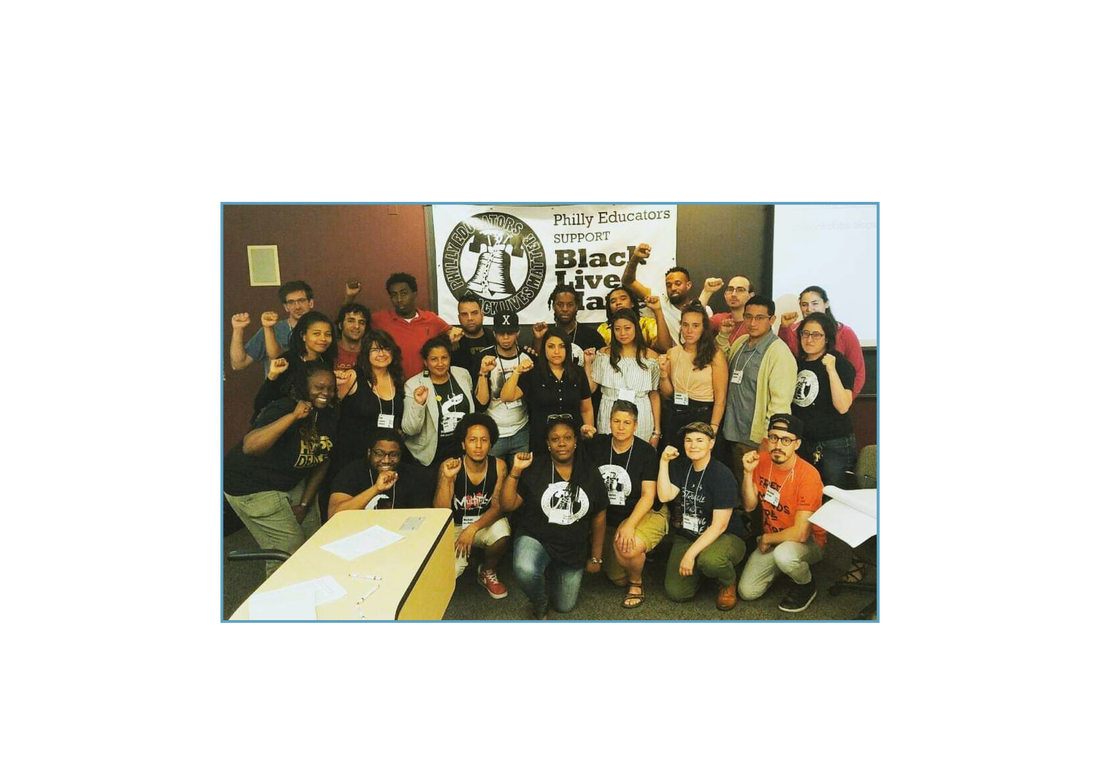
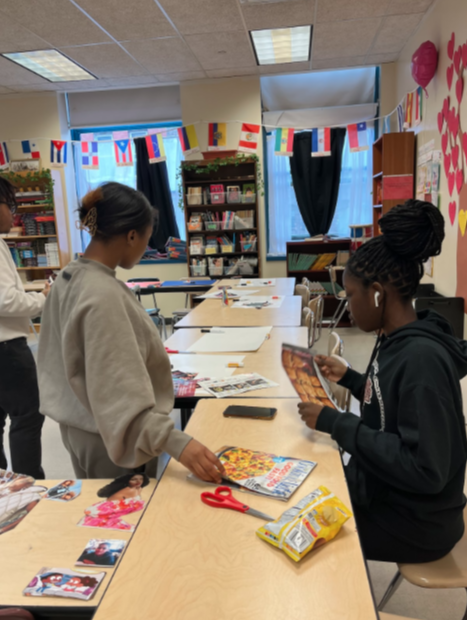
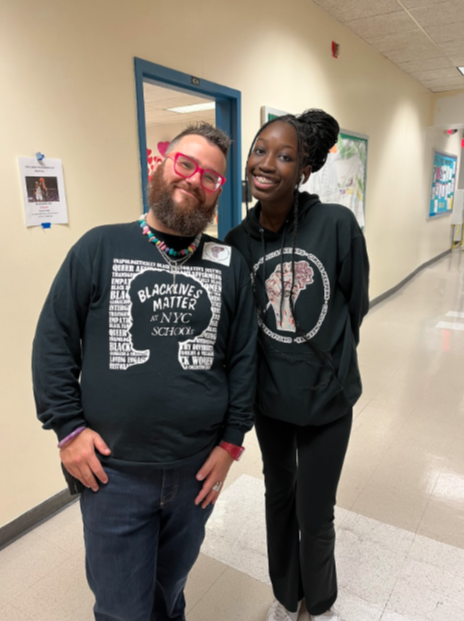
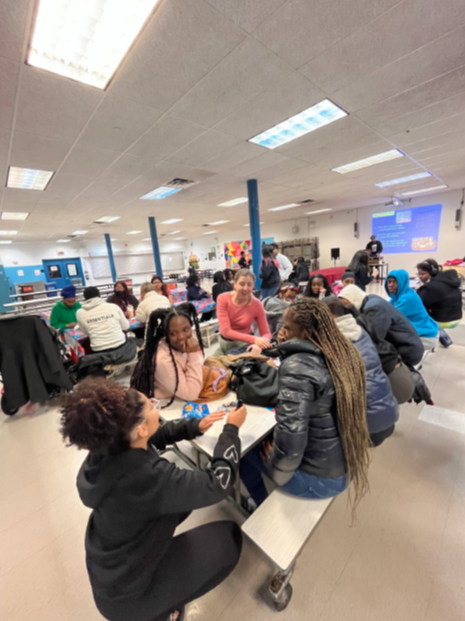
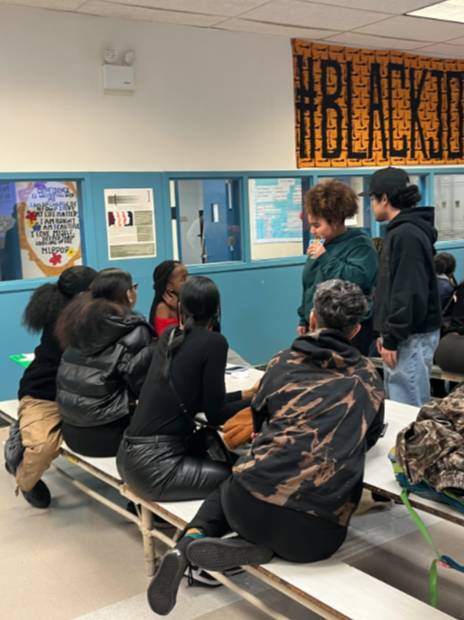
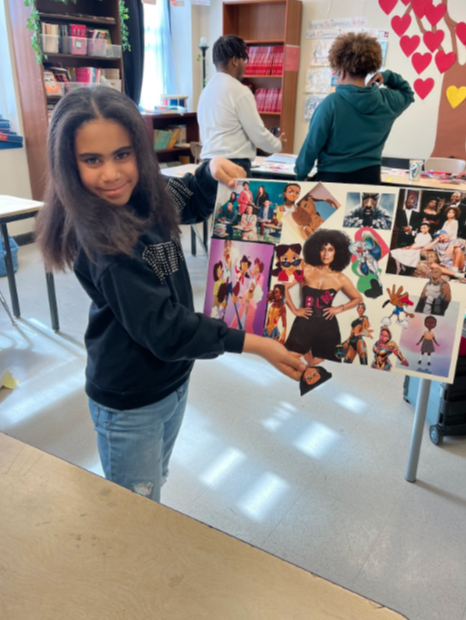
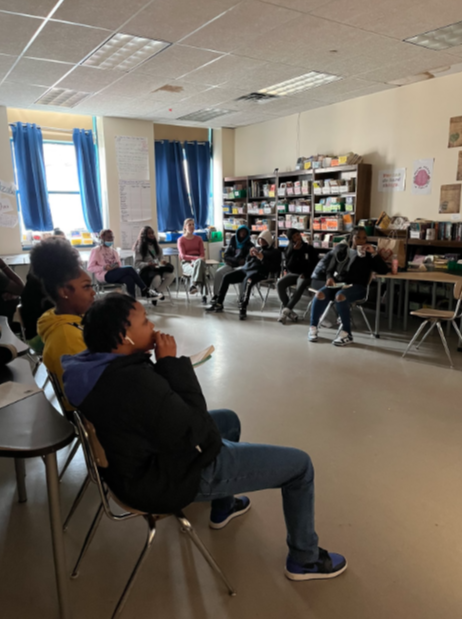
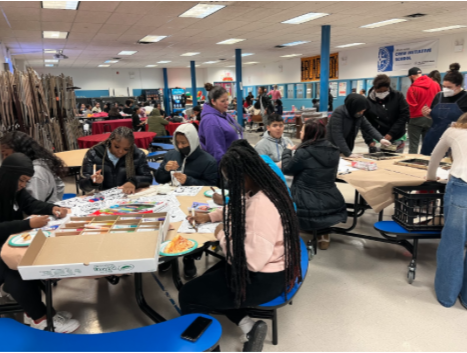






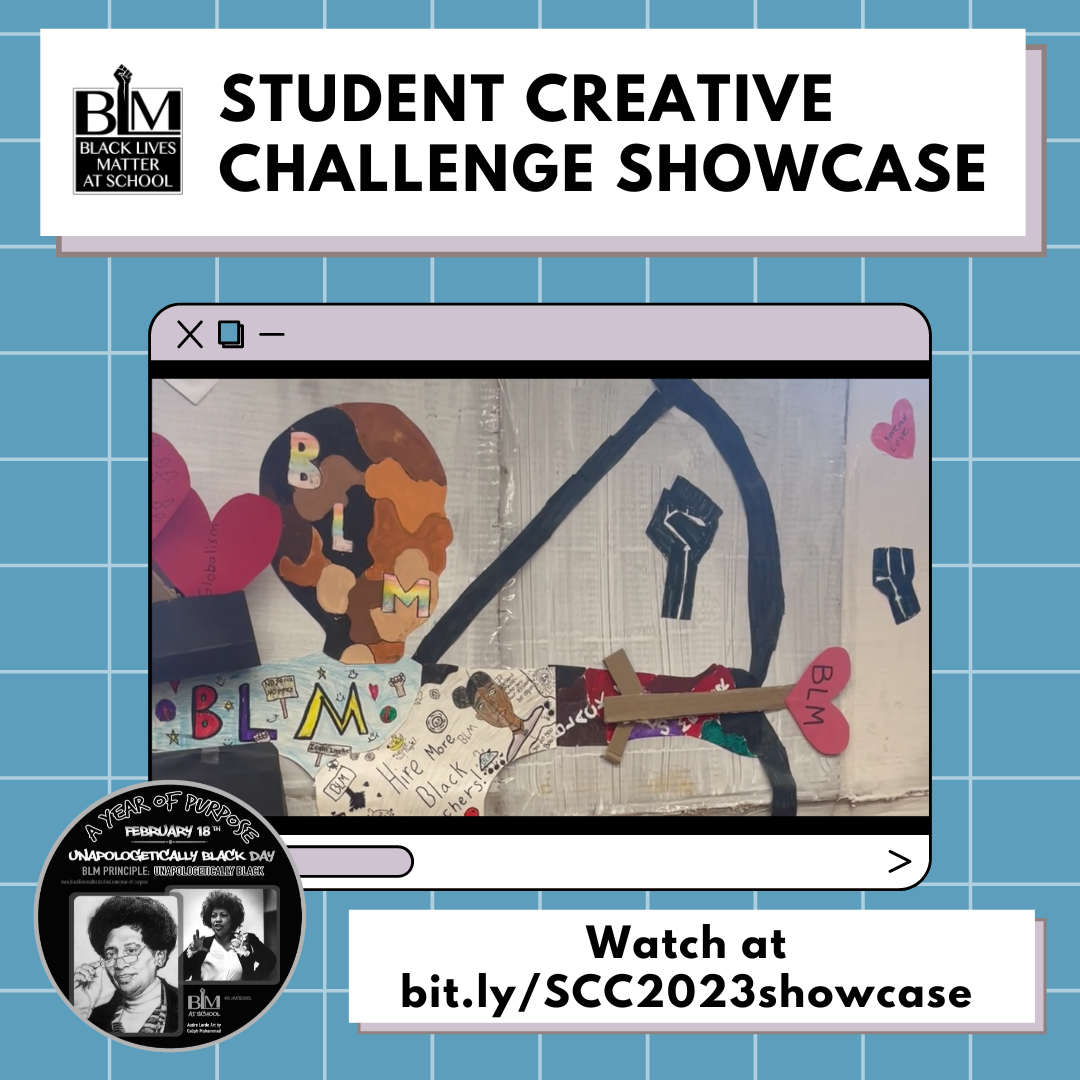

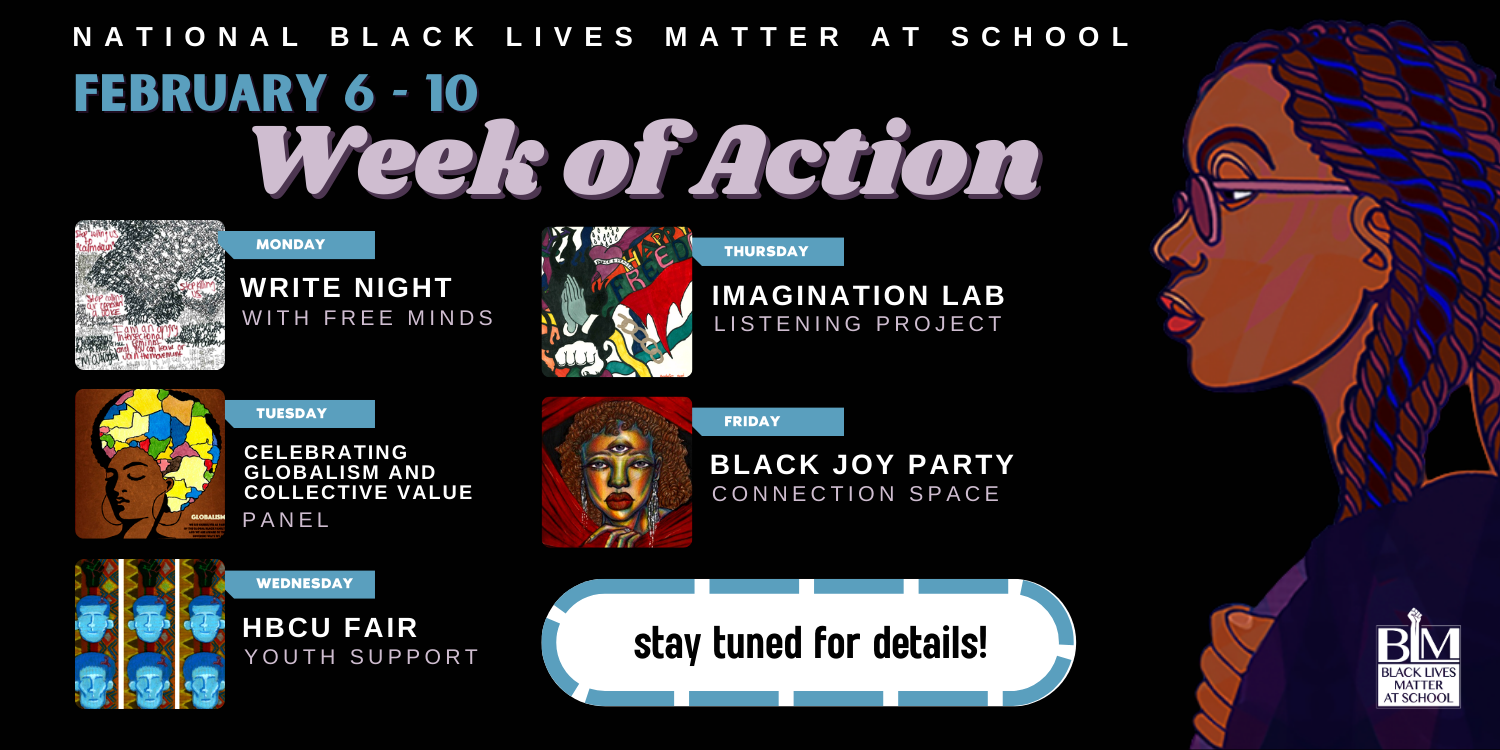
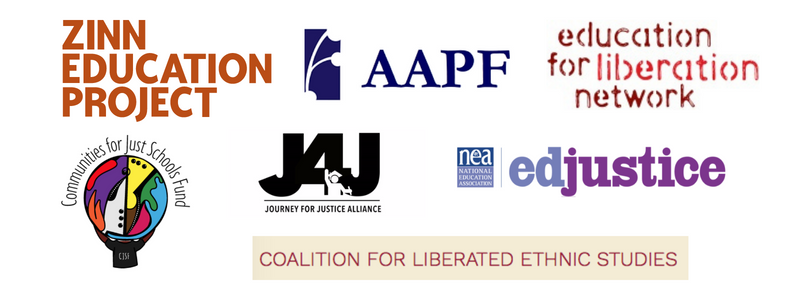
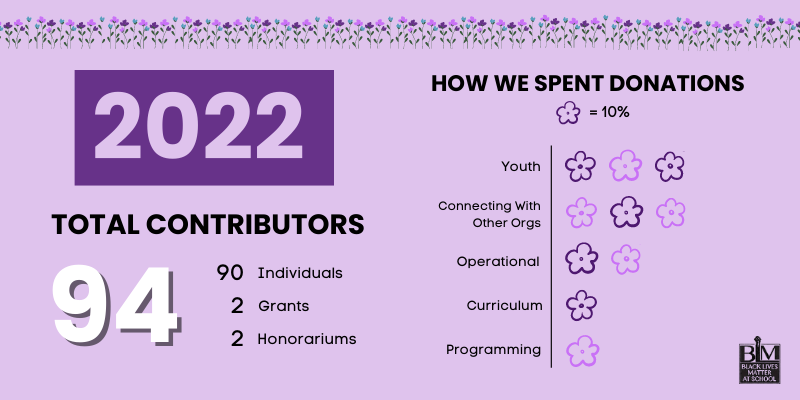

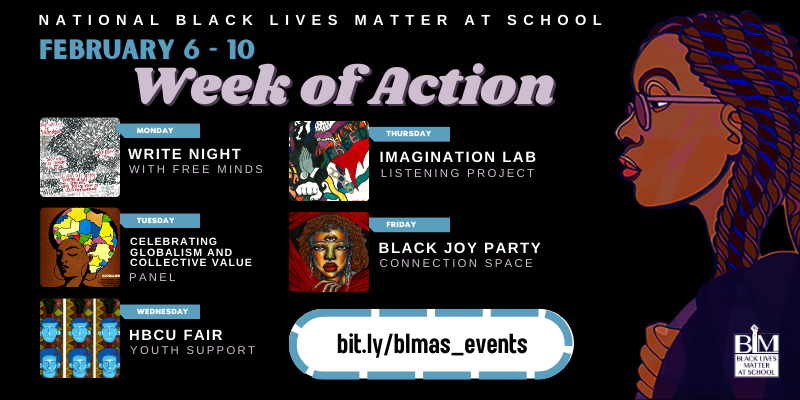
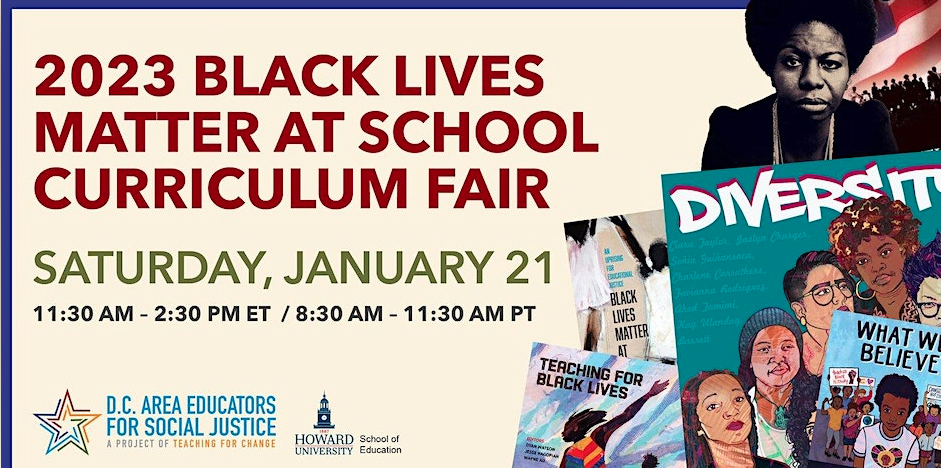
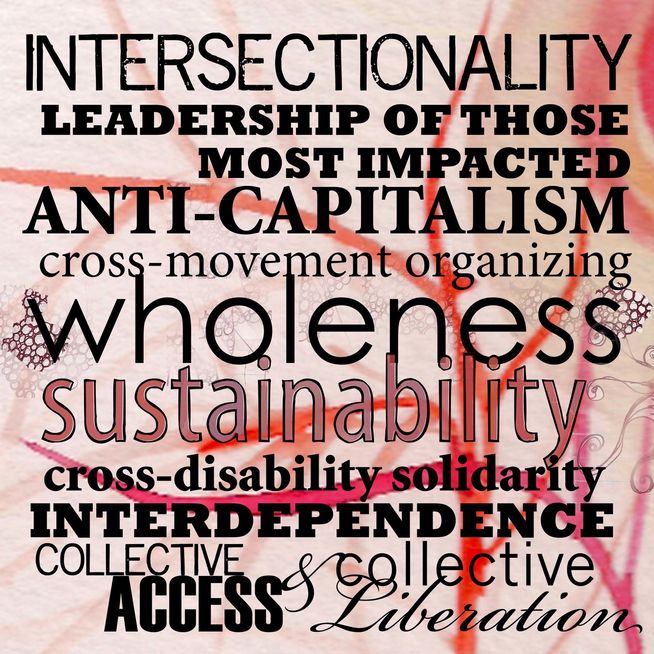
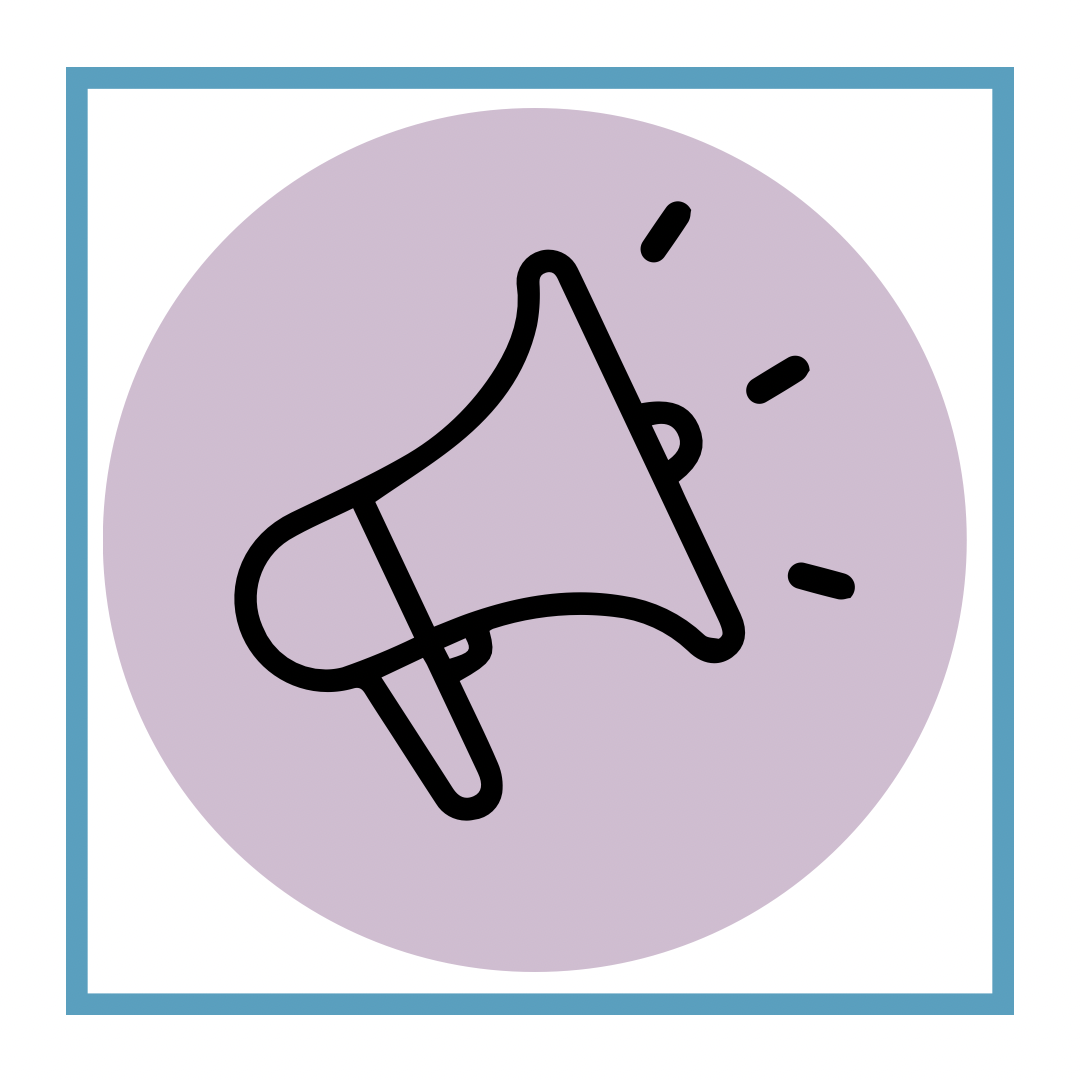
 RSS Feed
RSS Feed